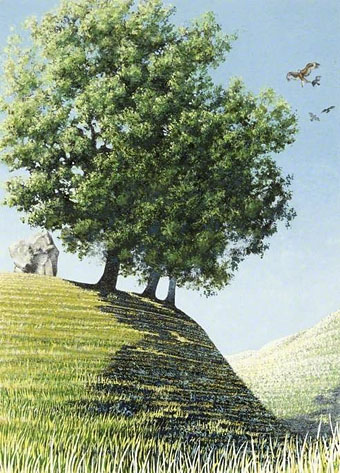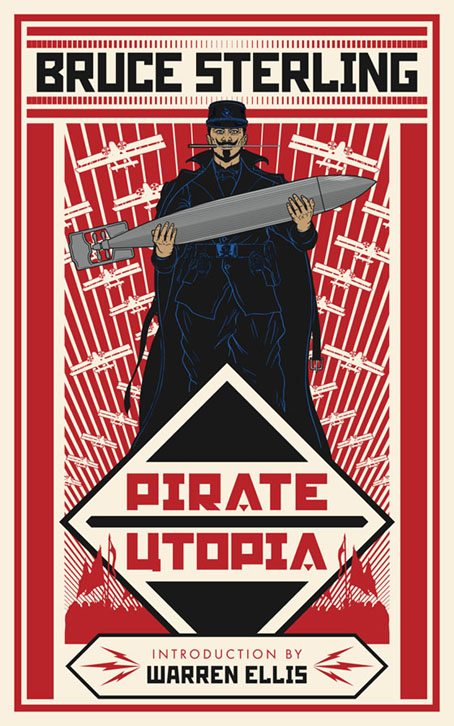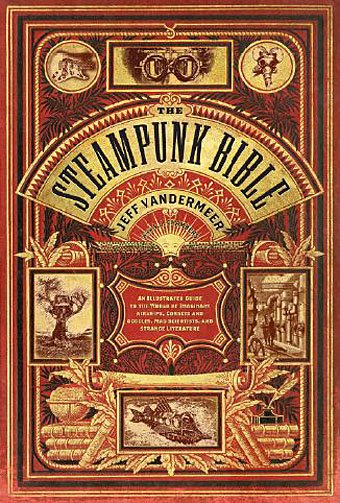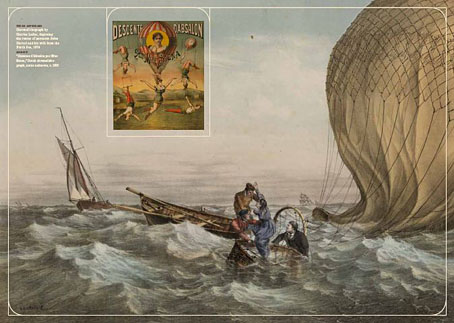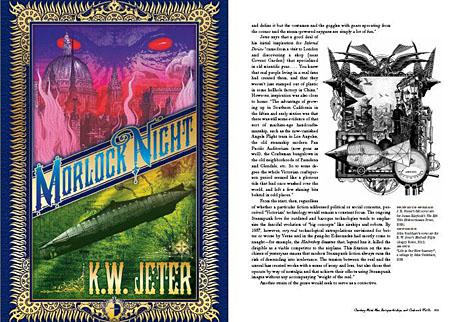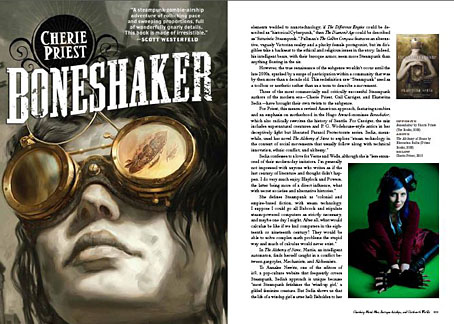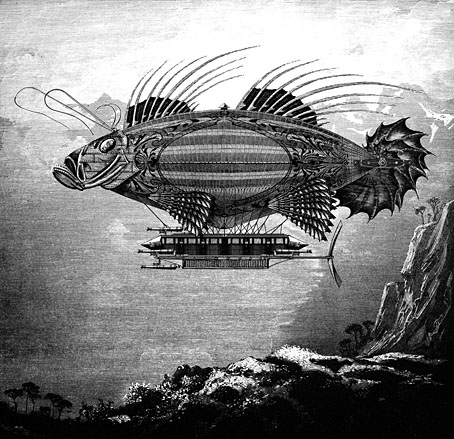Cyberpunk pioneer has designs on a better world
The author of seminal science-fiction works is taking a very pragmatic approach to the world’s environmental challenges
Interview by Anthony Alexander
Thursday June 1, 2006, The Guardian
Technology Guardian: How did you get into environmentalism and climate change?
Bruce Sterling: Science-fiction writers are not effective activists. But if I’m aware of some trend as a futurist and a trend-spotter, and if it actually shows up on my doorstep as an immediate crisis, then I will try to do something pragmatic. Science-fiction writers are best as fantasists. But if there is mayhem on your doorstep, it’s morally obligatory to take some action.
TG: So, what did you decide to do?
BS: To go public with my unease about climate change, to attack it as a design problem, from an industrial and engineering standpoint. I announced I was starting an internet mailing list, because the internet is the only global tech phenomenon of the global scope of climate change. My key insight there was that one huge phenomenon could be harnessed to attack the other.
I still run my list, but I soon got sucked into the world of design. I recently wrote a little book for MIT Press, which is an academic precis on the problem, a little manifesto. One thing led to another. Now there’s a raft of top-end, designery green retail outfits – treehugger.com, worldchanging.com – there are meetings of designer groups, and so on. That’s what I was hoping to provoke. I wasn’t the only one doing this, but I was one of the first to say: “Yeah, this can be done.” We could have a new kind of designer green, cyber-green, or as my colleague Alex Steffen puts it, “bright green”.
TG: You called your email list Viridian, a very bright cyber-green. It’s also a website, www.viridiandesign.org.
BS: It’s something between a diary, a squabble, an archive and a manifesto. I’m one guy. This is my hobby. But a likely, plausible step is a designer-green non-governmental organisation, with a board of directors and revenue, a magazine maybe. Big players are entering the green design space. Fighting the greenhouse effect is going to be a universal effort. Everyone will have to do it pretty much all the time.
TG: In your book Shaping Things, you describe climate change as the result of technology pioneers like Edison and Ford. Yet you say the only solution is to press forward with technology and shift to a new type of society.
BS: Not many science-fiction writers write industrial design manifestoes, but I was commissioned by Peter Lunenfeld of Arts Centre College of Design in California, where I was visionary in residence. Why do you want a sci-fi writer in a design school? You want someone who’ll think outside the box. The book talks about a new tech phenomenon with six or seven terms attached: the Internet of Things, Ubiquitous Computation, Everyware, Ambient Findability, Spimes (my term).
My own theory, which has gone into Shaping Things, is the key element is the identity for objects. It’s putting tags on things that allow them to interact with digital networks. That is the key concept around which other things accrue. My goal in this is sustainability. I want us to invent a better way to put our toys away. We are emitting too much junk. Google is good at sorting garbage. We could do something similar if we tagged our garbage, basically, everything we make.
Ideally, we need to tag an object before it exists. We need to tag the blueprints and then the manufactured object. Then, when it’s junk, we need to read it, know where it goes, have it ripped apart and recycled.
TG: Where does the concept of Spimes come from?
BS: Spimes was one of those spontaneous neologisms I came up with at a conference, a contraction of “space” and “time.” The idea is you no longer look at an object as an artefact, but as a process. A modern bottle of wine in one sense does exactly the same as the clay jug and stopper that the ancient Greeks used. On the other hand, it is now mass produced industrial glass, with a machine-applied label containing a barcode and a host of other information, even an associated web page. These invite you to do more than just drink the wine. These innovations link this product into a wider relationship.
Yet the moment the bottle is empty, we make a subtle semantic reclassification and designate it “trash”. The logistics of manufacture and distribution will already have tracked the bottle from factory, to warehouse, to store. But the relationship is not a closed loop. The moment you buy the wine, it’s your responsibility. The onus is on you to recycle it, or it’ll spend eternity in landfill. We really should be thinking about the trajectory all this stuff follows. We are in trouble as a culture because we don’t have a strong idea of where we are in time, and what we might need to do to deserve a future.
Amazon.com, for instance, allows you to study lots of information about physical products (books) without needing to consider the physical artefact itself. Or bookcrossing.com, a site where you can track physical books from reader to reader. Wheresgeorge.com does the same with dollar bills. Spimes are both the physical object and the metadata related to that object. Then, as with Amazon’s reviews, we can start adding correspondence on the nature of objects, creating a forum to discuss all our stuff and what to do with it.
TG: So how do RFID (radio frequency identification) chips relate to this?
BS: To study spimes we need to be able to track them. RFID chips are the next evolutionary step from bar codes. They allow objects to have an identity that can be easily read. They were invented by the Pentagon’s shipping, tracking and logistics agency, and Wal-Mart, the world’s largest retailer, inspired by some work at MIT. Unlike the barcode, which needs to be scanned up-close, you can just ping a whole warehouse, or delivery truck or cargo container, and an RFID scanner will simultaneously detect and log everything in there. You also see them in swipe cards. These tags make it extremely easy to assign identities to objects and connect them to databases.
TG: Opponents of RFID see it as malign and unwanted technology.
BS: The opposition should thoroughly understand the scope of RFID technology, otherwise they’ll be baling seawater with a fork. RFID is for grocery clerks. It’s not as mysterious or arcane a technology as space shuttles, nuclear triggers or Echelon.
Bruce Sterling’s book Shaping Things is published by MIT Press.

